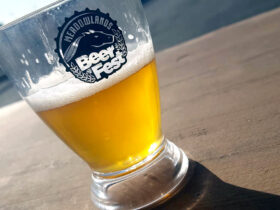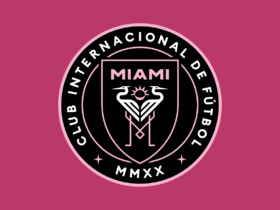Brand identity has been a powerful marketing goal for many large firms over the past years. Brands have established an ownership position in consumer’s minds. The basis being to signify provenance associated with a consistent quality.
This has helped major companies build trust and charge a premium for that trustworthiness, while earning a handsome profit in the process. Even though many products look quite similar (e.g. smartpohnes), marketers have been able to create a perception of subtle differences between them. They use a variety of stories to successfully differentiate their products from their competitors look alikes.
However, in this era of Millennial influence and entrepreneurship, large companies with a legacy of billion dollar brands (P&G, etc.) are being challenged and blindsided by small, fast moving innovative entrepreneurially driven firms. While their large competitors were sitting quietly and comfortably, these firms have been able to nimbly introduce disruptive products and grab large chunks of market share before the big boys realized what was happening.
Let’s take P&G’s Gillette Brand of shavers and blades. In 2009 the brand owned 73% of the U. S. razor market. However, more and more men were concerned about the prices of Gillette razors –and even more concerned about the expensive blades. Two entrepreneurial partners decided to do something about it and started working on developing a cheaper solution.
In 2013 they introduced their new brand, Harry’s. In the ensuing six years they have been able to grow their Harry’s brand into 4.3% of the $2.2 billion razor market taking share primarily from Gillette whose market share fell from 73% in 2009 to 53%.
Their entrepreneurial concept wasn’t just to sell cheaper razors but to also simplify the razor purchasing process. Online subscription process keeps the company in tune with the trend toward online shopping. Additionally, they added a socially responsible motivation by donating 1% of their revenues to men’s mental health charities.
In today’s more socially conscious world, more populated with millennials, a brand’s purpose has become an integral part of brand equity. Another new brand of eye wear, Warby Parker, donates free glasses to disadvantaged communities.
Other entrepreneurs in the razor market, The Dollar Shave Club, based on the same principle as Harry’s was sold to Unilever for $1 Billion in 2016. Recently, Harry’s was also sold for $1.4 Billion to the UK based Edgewell Group, makers of the Schick blades in the U.S. and Wilkinson Sword blades in the UK.
What is the lesson here?
From industry to industry these type of new brands with a social purpose are challenging main stream brands with a faster, better and often cheaper alternatives for the growing group of socially minded value conscious consumers. For example, Chobani (only 15 years old) now sells one in five yogurts sold today and Halo Top, a low calorie ice cream created in 2012, has become the top selling ice cream in the country.
What are you doing to protect your existing brand(s) from the entrepreneurs who are hunting for your customers?










